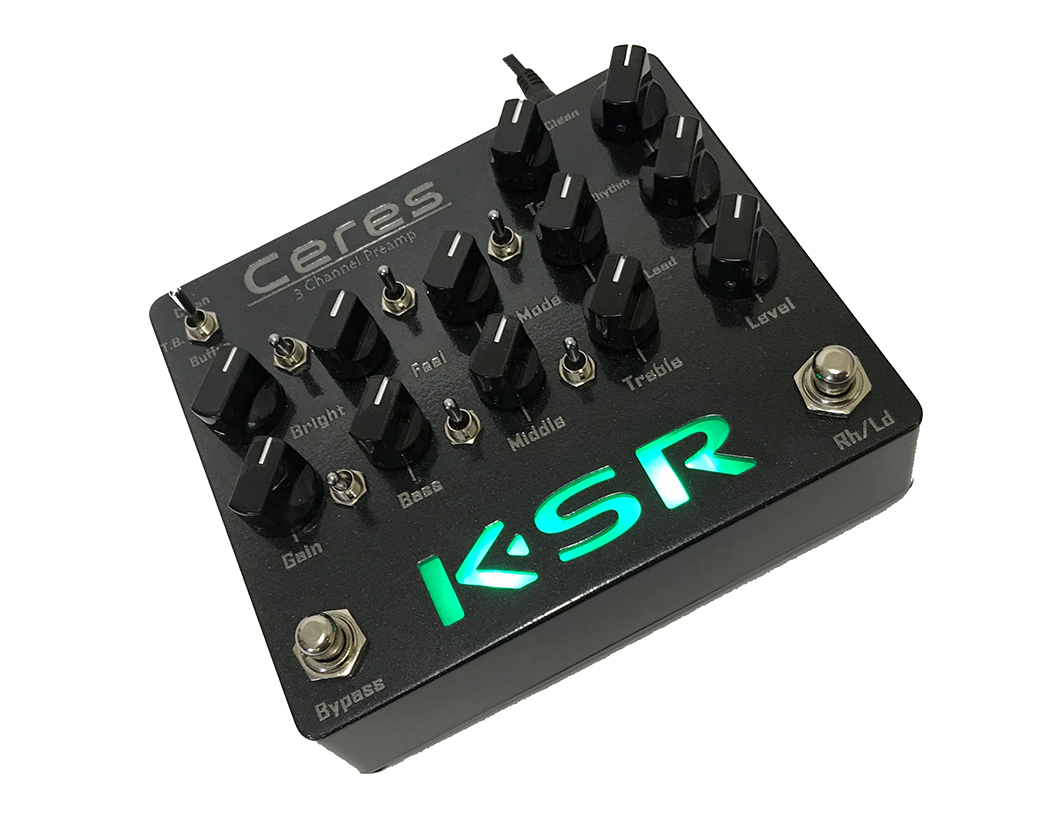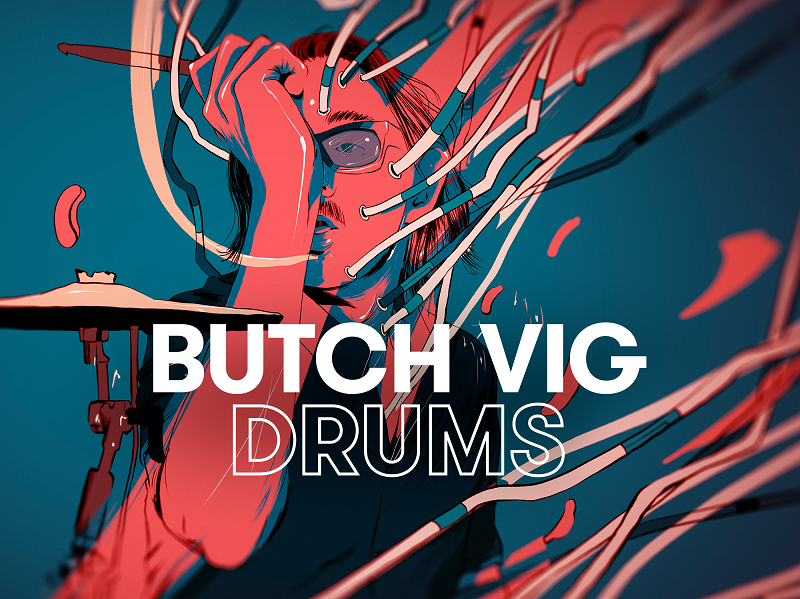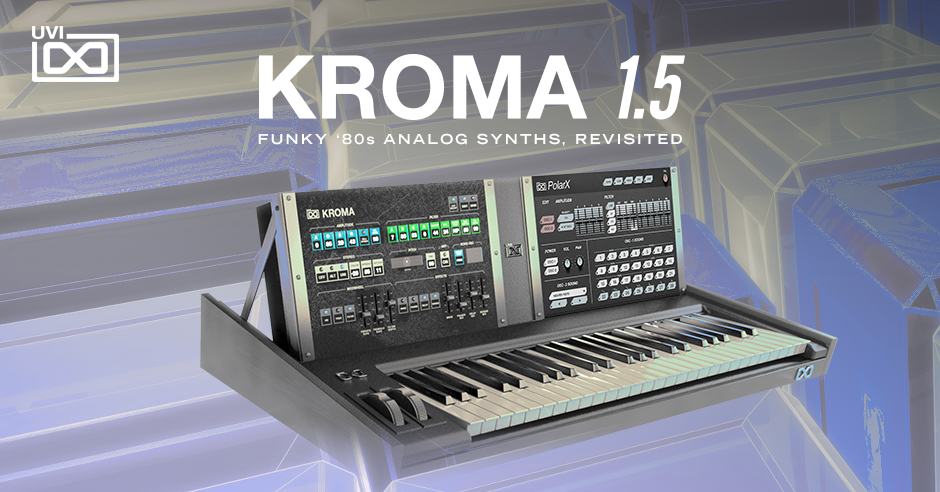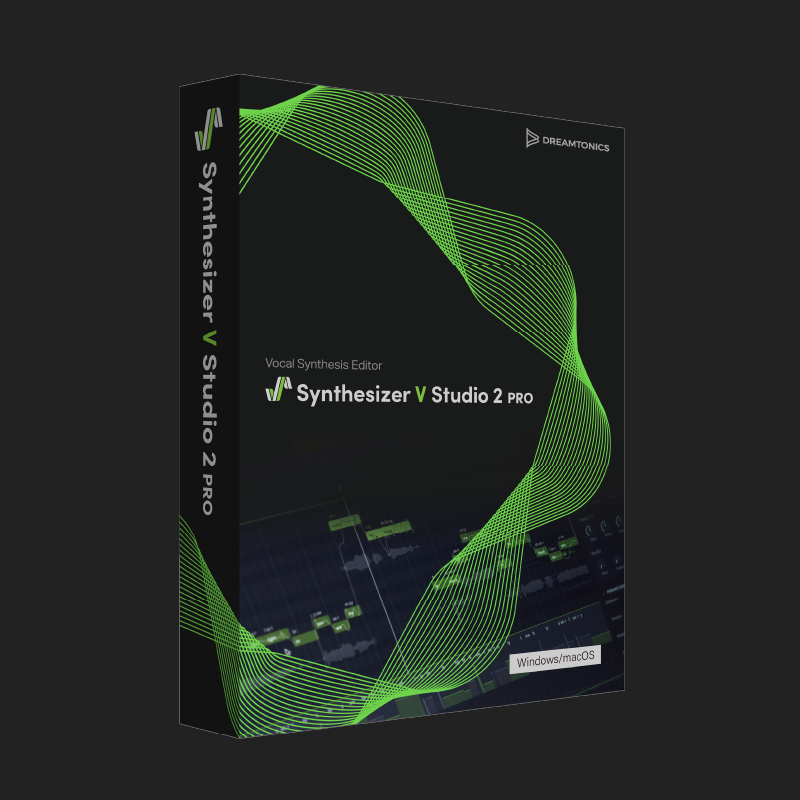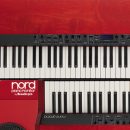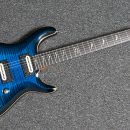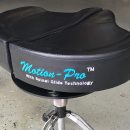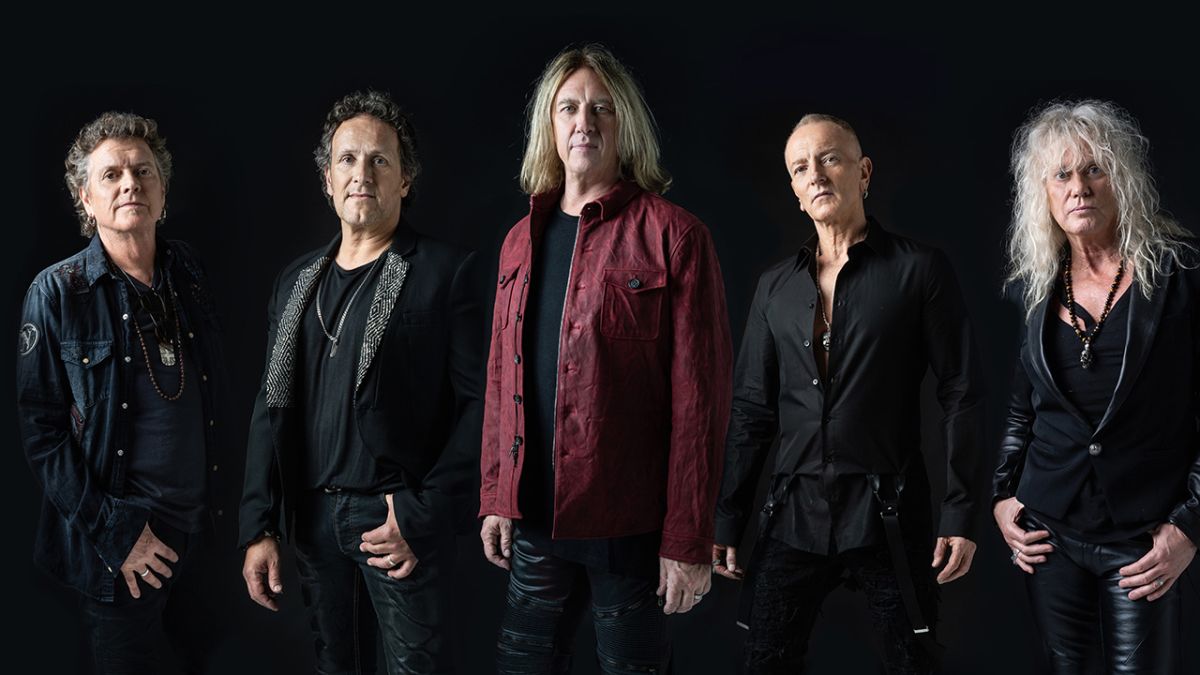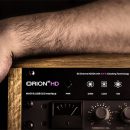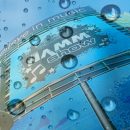As such, Spitfire Audio’s crack team of engineers and developers collaborated closely with world-renowned composer, producer, and organ expert Andy Richards — whose decisive discography spans working on fashionable films scores, such as the aforesaid Sweeney Todd: The Demon Barber of Fleet Street(music engineer, score mixer, organ, and additional music) and the Danny Boyle-directed, 2008 Academy Award-winning British drama Slumdog Millionaire(score mixer), as well as performing, programming, and producing an array of records by iconic artists like Frankie Goes To Hollywood, Grace Jones, George Michael, Pet Shop Boys, Rush, and much more besides — to record every pitch of the Rugby School Chapel organ with multiple microphone positions to achieve authenticity as well as capturing the natural sound of the room with which it interacts architecturally. Also working with celebrated organist James Williams, who regularly plays the organ in question as the Head of Academic Music at Rugby School, Spitfire Audio was able to conduct detailed exploration and experimentation to ensure that it got the very best out of the impressive instrument and its stunning surroundings.
Since the Rugby School Chapel organ has an (almost) endless combination of stops and pedals, it can clearly be overwhelming for anyone not familiar with its intricacies. Fortunately for its users,Spitfire Audio’s SYMPHONIC ORGAN library leans heavily towards instant playability, putting a comprehensive range of ready made stop combinations created by Andy Richards and James Williams into anyone’s hands. Having the hard-won outcome of such specialist curation readily at hand saves a huge amount of time and energy, enabling anyone to get the very best out of the impressive instrument and its stunning surroundings into DAWs (Digital Audio Workstations) worldwide, with inspired compositions (hopefully) flowing forth for all to hear.
Helpfully, SYMPHONIC ORGAN users can choose from 16 Manual(stop) combinations, 13 Pedal combinations for achieving that sub-bass-like sound, and eight Ensembles that span the whole organ. On top of that, the carefully captured natural room sound spans the (default) curated mix through to mix-and- matching six professionally-placed microphone positions for further control. Choices range from mics inside the organ itself for an amazing, full-tilt sound to ambient mics for a wider, more resonant tone. The layout is presented in dynamic order — from quietest to loudest, created by stop presets, and it is possible to choose any or all of the stop combinations, as well as 50 mind-bending, warped presets presented in Spitfire Audio’s acclaimed eDNA engine!
Pricing and Availability:
SYMPHONIC ORGAN needs Native Instruments’ KONTAKT PLAYER(5.6.8 or higher) — a free version of the KONTAKT sample playback engine (included in the purchase) — to run as a fully NKS (NATIVE KONTROL STANDARD®) supporting plug-in instrument for Mac (OS X 10.10 or later) or Windows (7, 8, or 10 — latest Service Pack, 32/64-bit), while Spitfire Audio’s free Download Manager application allows anyone to buy now and download anytime.

